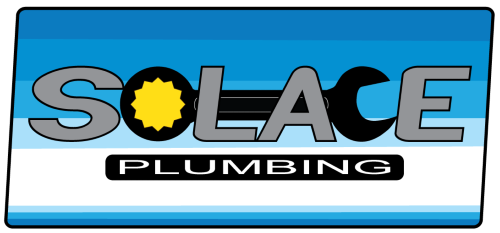What to Do About Sweaty Pipes
If nothing has resolved the sage of the sweating pipes, it may indicate a complex plumbing problem.
Sweating pipes aren’t sweating. The accumulation of water on sweating pipes is not attributed to water boring through the micropores of the water lines but condensation caused by a differential in temperature. When moist (humid) air comes into contact with a cold surface, water droplets form and adhere to it. Their consequential dripping gives the appearance of “sweaty” pipes.
Are the pipes sweating or leaking?
It’s easy to confuse a sweating pipe with a leaking one. However, homeowners who are unsure if the line is leaking or sweating have some options before calling in a plumber. The easiest step is to purchase a humidity tester at any home improvement store to analyze the humidity levels in problem areas. Chances are, if the humidity levels are on the higher spectrum of the range determined by the meter, the pipes are most likely sweating.
However, if there isn’t an influx of humidity where the sweating pipes are, it may be a leak and must be addressed immediately. Identifying leaking pipes as soon as possible is critical to prevent massive internal piping and cosmetic damage. Sometimes getting a professional opinion makes more sense.
Ultimately, homeowners need to resolve the matter, whether the pipes are sweating or leaking, to avoid damage in the surrounding areas of the home. The longer they wait to fix what is broken, the greater the risk of extensive damage.
Insider Tip: It’s possible to have both sweating and leaking pipes.
Signs of sweating pipes
Visible moisture on pipe surface
High humidity levels
Unidentifiable leakage source
Water damage on surrounding fixtures
Short-term pipe sweating damage
Help identify potential pipe sweating by knowing what short-term damage looks like. Water accumulating on plumbing fixtures throughout the home will eventually cause noticeable damage.
Here’s a brief list of the warning signs:
Peeling wall paint
Spongy or softer walls
Peeling cabinet fixtures (surface damage)
Warning signs of mold: discolored water stains on walls or ceilings
Long-term pipe sweating damage
Visible ceiling swelling
Soggy cabinets or fixtures (think: massive water absorption)
Mold: Visible growth, musty odor
Flooring water damage
Building rot
Influx of insect activity (many bugs breed in stagnant water)
How to resolve sweating pipes
There are a few quick fixes to try at home to avoid a potentially costly plumbing bill. It’s essential to remember, though, that the longer a homeowner waits to implement a lasting solution for sweating pipes, the worse the resulting water damage. In plain English: prolonged pipe sweating left unchecked increases the likelihood that additional, costlier damage will occur. Although the cost to make the repairs may pinch, it’s far less than what it would cost to fix the problem, plus new sheetrock and cabinets.
Use a dehumidifier
Since humidity is the culprit of sweating pipes, try using a dehumidifier in the problem areas. With the help of the humidity meter, the homeowner can measure the dehumidifier’s performance. Calling a plumber is best if the sweating doesn’t improve despite the homeowner’s efforts.
Insulate sweaty pipes
Sometimes wrapping a water line with insulation can resolve the matter. Homeowners can purchase insulation at the local home improvement center. There are several kinds available; the self-adhering type can make life easier. Don’t forget to measure how much material is needed before heading to the store!
Drop the temperature
If the house has central AC, turn the temperature down. If there’s an air vent in the bathroom, bringing down the temperature inside will help combat the humid air from ruining the bathroom fixtures. However, it may increase the electricity bill, and the homeowner must determine if that’s the best solution.
When to call in professional reinforcements
If nothing has resolved the sage of the sweating pipes, it may indicate a complex plumbing problem. Contact a reliable plumber to help determine the reason for the temperature difference and ways to resolve the problem.
Get top-notch water softener installation and repair, repiping, slab leak, plumbing remodels, backflow services, and plumbing video camera inspection in Gilbert, AZ, with Solace Plumbing. We are licensed and insured with a team of expert technicians offering the highest quality products and services at competitive pricing. We guarantee 100% customer satisfaction. Contact us for more information.

